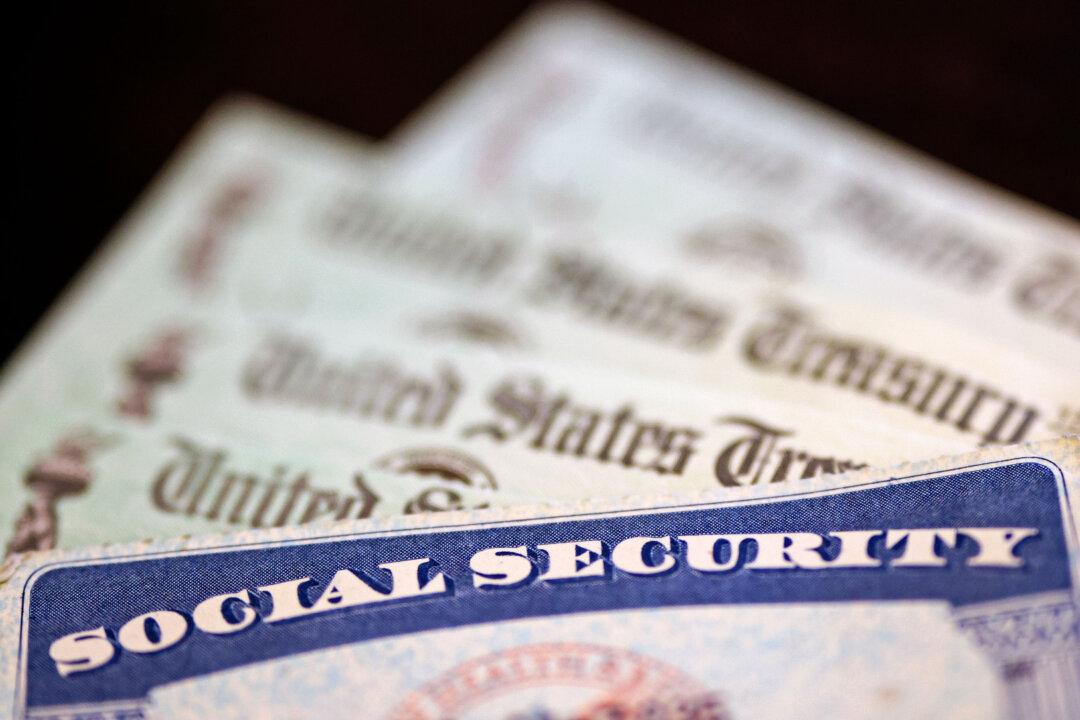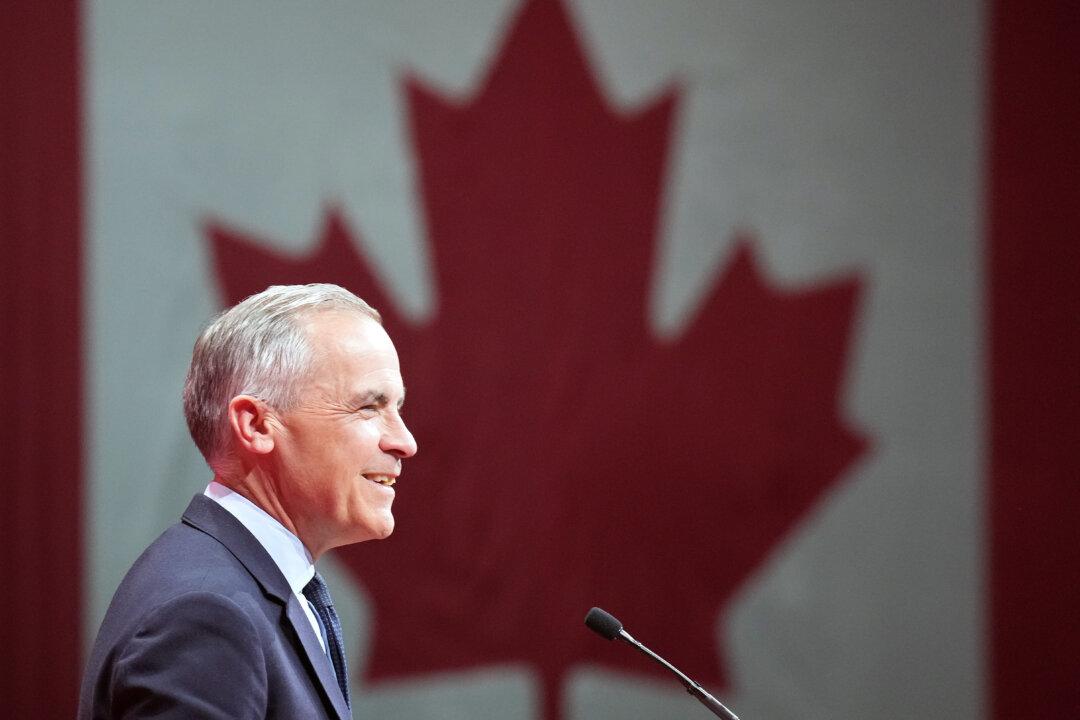A key inflation gauge heavily relied on by the Federal Reserve when setting interest rates inched down in May but remained elevated near multi-decade highs at a level more than twice the central bank’s inflation target, suggesting the Fed’s fight to relieve price pressures will be drawn out.
The Fed’s preferred inflation gauge, the so-called core Personal Consumption Expenditures (PCE) price index, rose by 4.7 percent year-over-year in May, the Commerce Department reported on June 30.
While that’s a slight decline from the prior month’s 4.9 percent pace of growth and roughly in line with analysts’ estimates, it’s more than double the 2 percent inflation target aimed for by the U.S. central bank.
On a month-over-month basis, core PCE rose at 0.3 percent in May for the fourth month in a row, suggesting inflationary pressures remain stuck in high gear.
Julian Bridgen, co-founder of Macro Intelligence 2 Partners, said the year-over-year PCE inflation data is showing signs of easing and is cause for some optimism, though he expects the inflation problem will continue to bedevil the U.S. economy for longer.
The Fed has gradually shifted its view on inflation, initially expecting it to be a temporary spike that would soon pass but later coming to see it as persistent and problematic, prompting the central bank to embark on a rate-hiking cycle in a bid to tame runaway prices.
While the Fed chief said he believes there are “pathways” to tighten monetary policy without hurting the job market—a so-called “soft landing”—he admitted there’s “no guarantee we can do that.”
Powell said that engineering a soft landing has “gotten harder” given that geopolitical turbulence has put additional upward pressure on food and energy prices.





